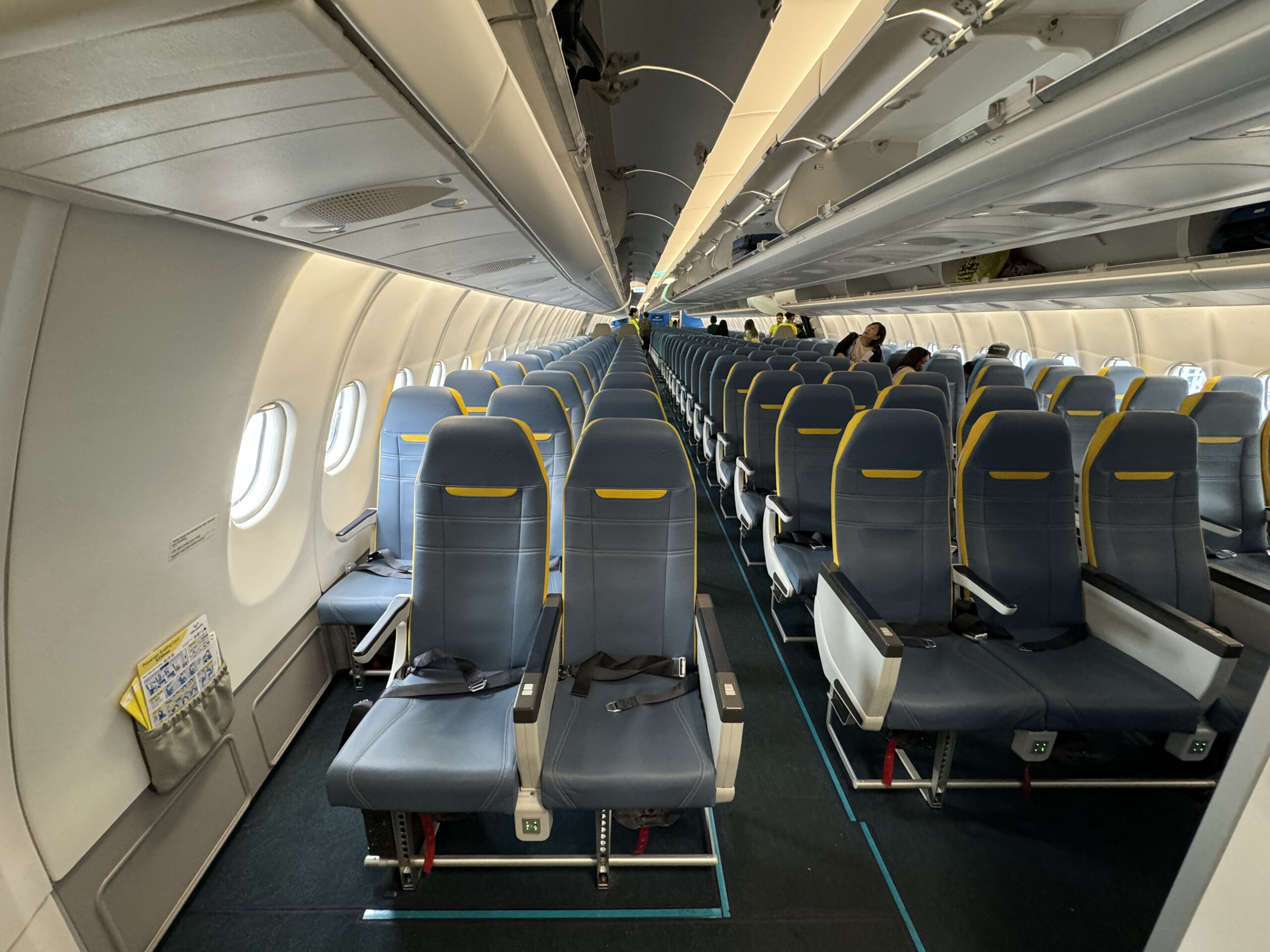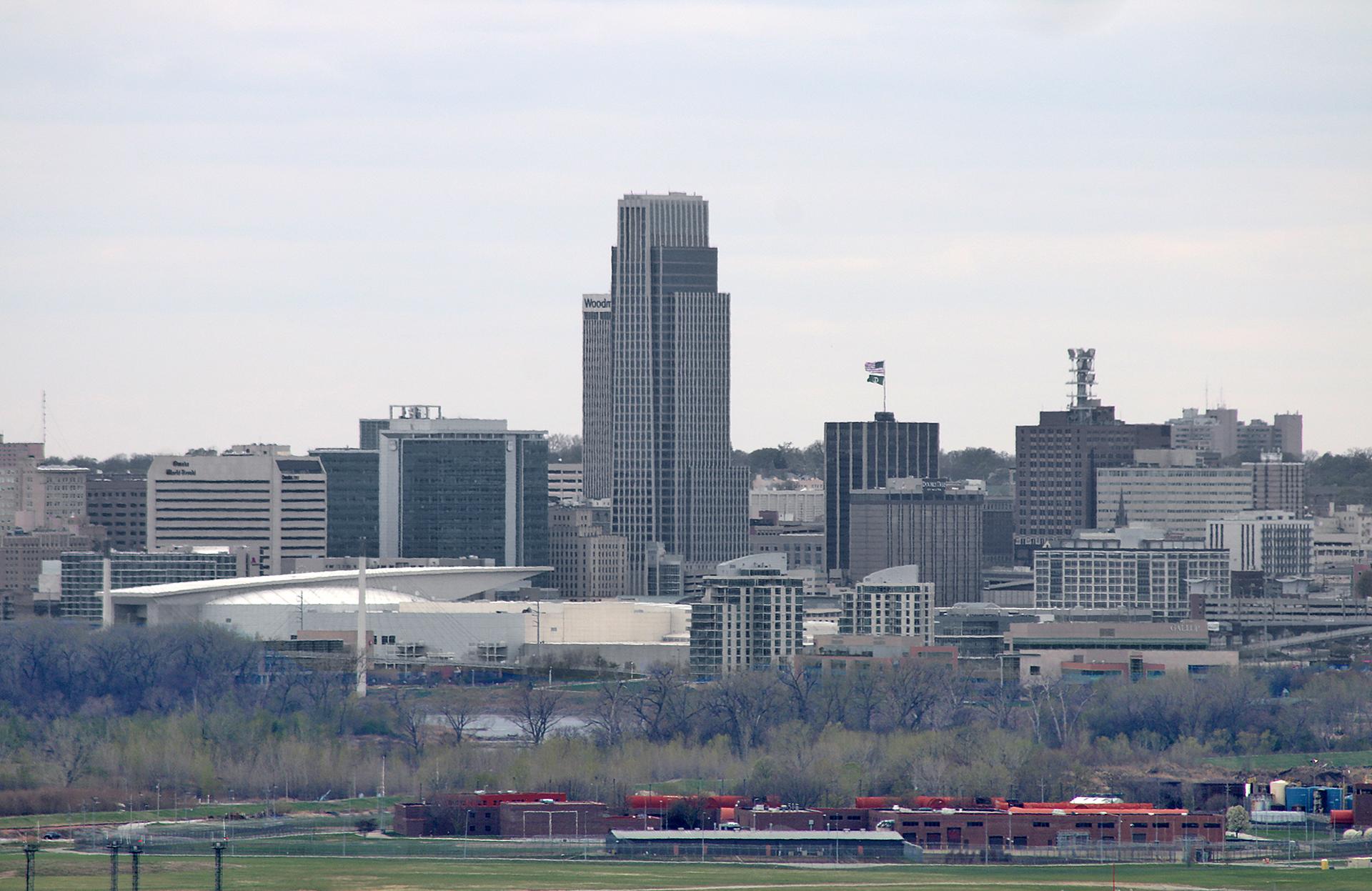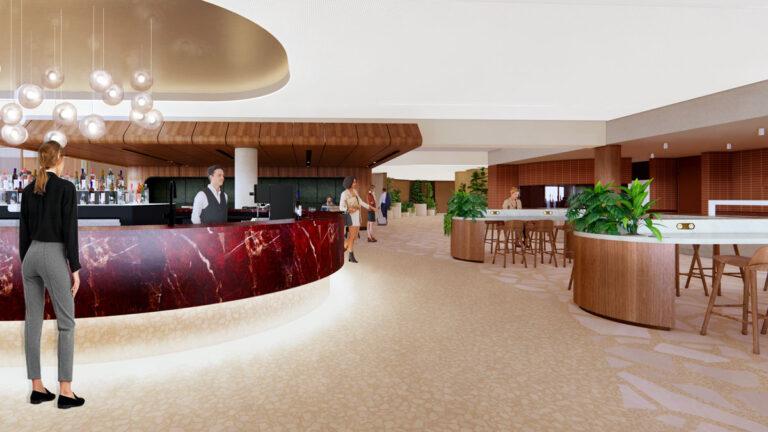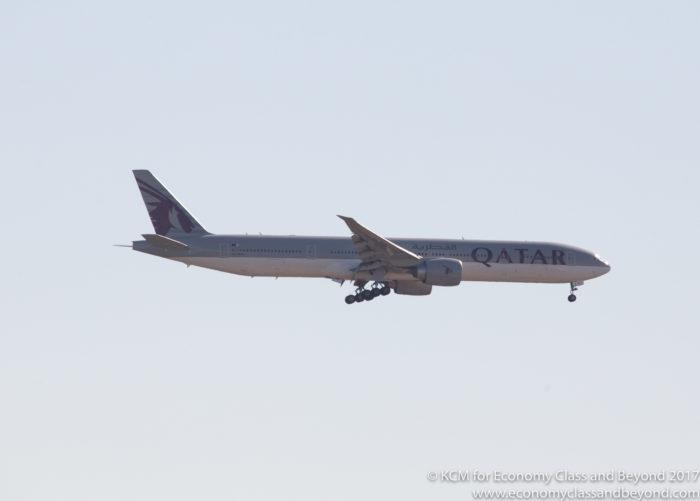Saudi Arabia’s Diriyah Gate Is Quickly Becoming a Global Heritage Tourism Hub With World-Class Hotels and Experiences
A cultural hub in a centuries-old capital.
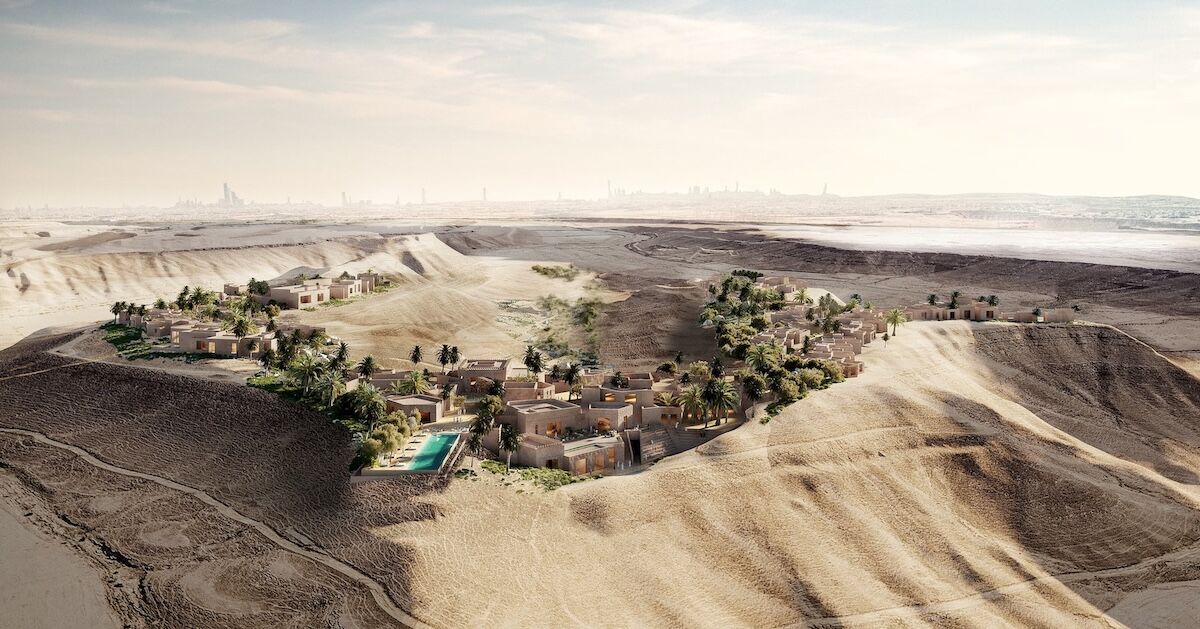
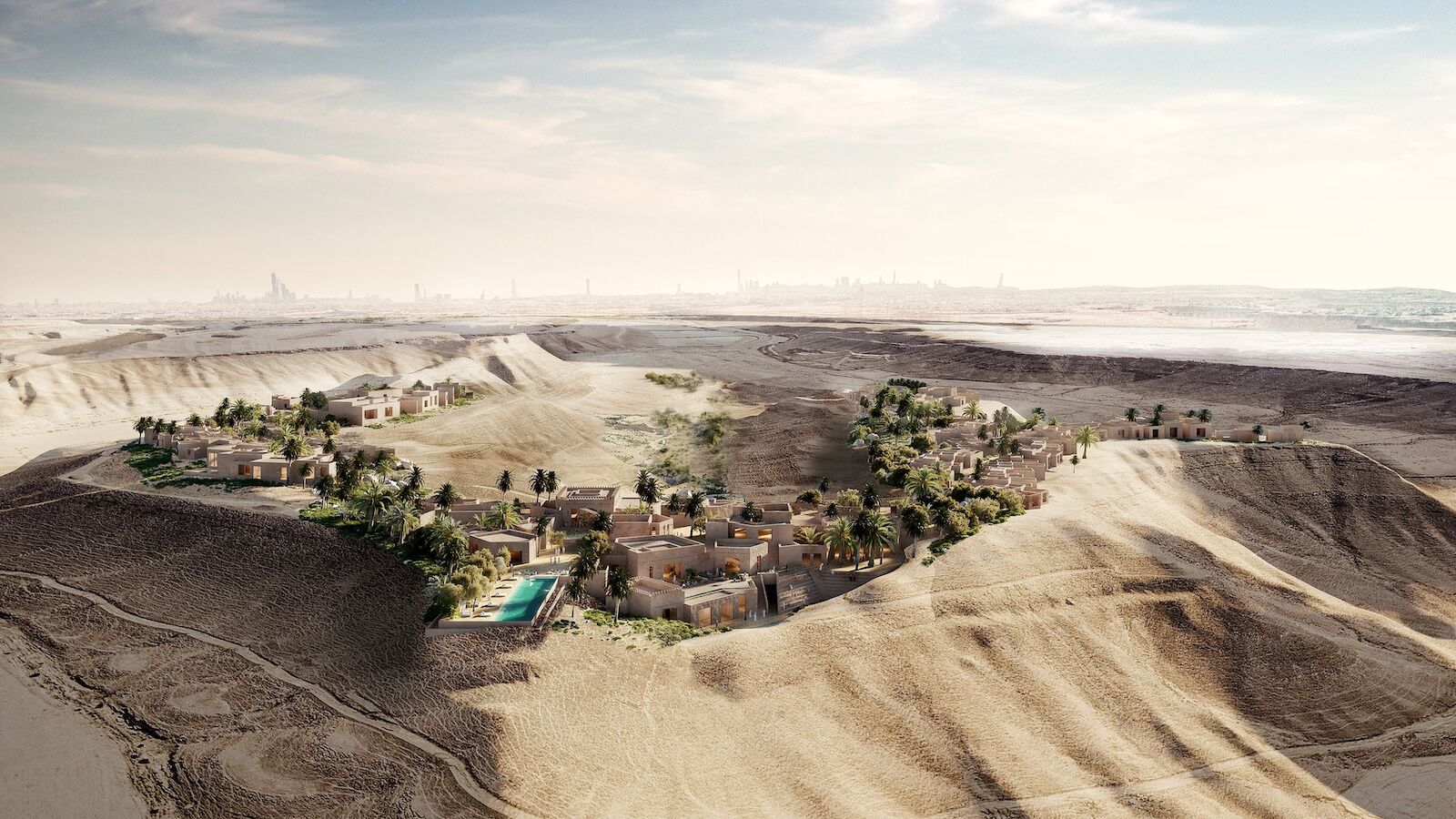
Just beyond the modern sprawl of Riyadh, a centuries-old capital is being reborn. In Diriyah — the cradle of the first Saudi state — and the nearby valley of Wadi Safar, a sweeping development initiative is unfolding that promises to position Saudi Arabia as a global force in heritage-based tourism.
Backed by the $63 billion Diriyah Gate Development Authority (DGDA) and a key pillar of Vision 2030, this megaproject aims to do more than restore the past. It seeks to entwine history with high design, tradition with wellness, and nature with next-generation sustainability.
At the heart of Diriyah lies At-Turaif, the UNESCO-listed mud-brick citadel that once housed the ruling Al Saud family. The entire 11-square-kilometer zone is being developed into a mixed-use district fusing cultural institutions, fine dining, and world-class hospitality. More than 100 restaurants and 38 hotel brands are slated for development.
Several luxury hotels are set to enhance the Diriyah Gate development, each offering distinct experiences that blend cultural heritage with modern sophistication. The Langham Diriyah, inspired by traditional Najdi architecture and natural elements, is scheduled to open in 2026, providing guests with a culturally immersive stay just 15 minutes from downtown Riyadh. The Chedi Wadi Safar, expected to open in 2026, will offer a tranquil retreat with panoramic views over a Greg Norman-designed golf course, drawing on The Chedi brand’s legacy of wellness and discreet luxury.
Other notable additions include the Rosewood Diriyah, anticipated to open in 2027, which aims to blend the brand’s signature luxury with the rich cultural tapestry of the region. The Orient Express Diriyah Gate, also slated for 2027, will mark the brand’s entry into the Middle East, offering 80 rooms that reflect the elegance and history associated with the Orient Express legacy. Additionally, the Anantara Diriyah Hotel, opening in 2025, will bring Thai-rooted luxury to the area with 250 rooms that emphasize eco-friendly practices and sophisticated style. These developments underscore Diriyah Gate’s commitment to becoming a premier global destination that honors its historical roots while embracing contemporary luxury.
One of the most anticipated is the Six Senses Wadi Safar. Scheduled to open in 2026, the property emphasizes a nature-centric approach by integrating panoramic desert views, a hammam, Earth Lab sustainability workshops, and sensory-focused wellness suites.
What sets this development apart is its deep commitment to cultural authenticity by using traditional Najdi materials for construction, and integrating Sadu cultural touchpoints and culinary offerings.
For families, initiatives like “Grow With Six Senses” will introduce younger guests to conservation and local crafts, while brands like Fauchon and Capella will offer more cosmopolitan flair — think in-room gourmet bars or suites built around skylights for stargazing.
Here, heritage isn’t just preserved, it’s lived. With a deliberate blend of hospitality, history, and sustainability, Six Senses Wadi Safar and the broader Diriyah area are poised to become a cornerstone of the Kingdom’s future goals and a new model for heritage-led tourism.
As Six Senses CEO Neil Jacobs put it in a press release: “As the Kingdom evolves and opens to tourism, it is garnering strong interest among international visitors to explore its heritage sites and outstanding natural beauty.” The coming years will determine just how much people appreciate that potential — but the groundwork has been laid for something historic. ![]()











































